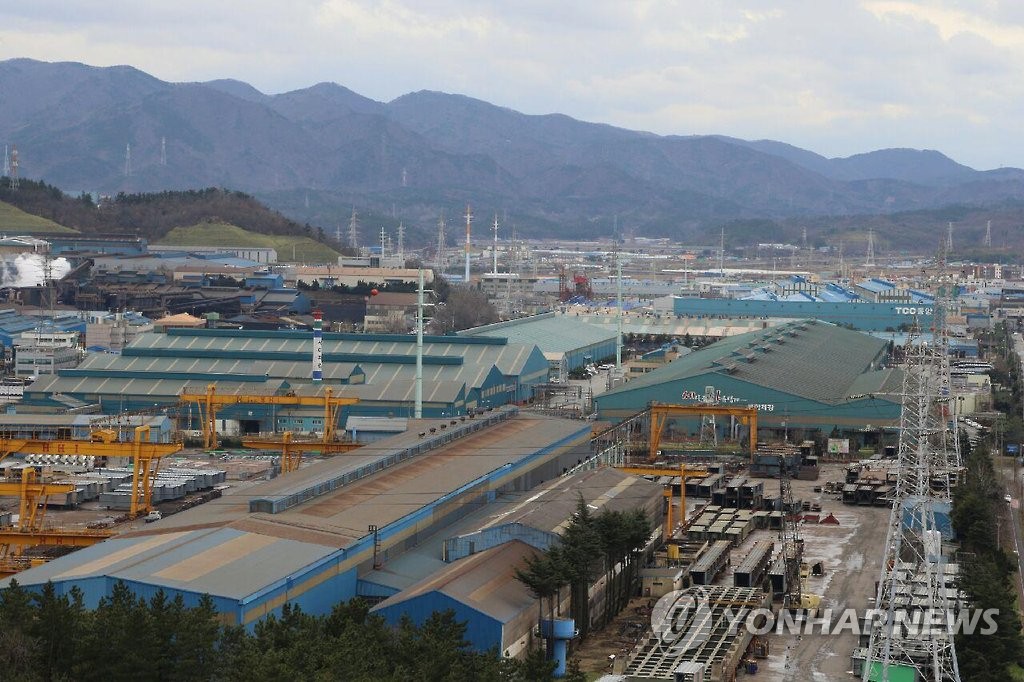News & Event
- Home
- News
- News & Event

According to Yonhap News,
(ULSAN=Yonhap News) A new project is in the works to send the materials used to fuel the Pohang National Industrial Complex to the Ulsan National Industrial Complex, where the materials will find new applications as high value-added resources.
On March 13, the Ulsan City Government held the final briefing for the Ulsan–Pohang Energy and Material Resource Survey and Exchange Network Feasibility Study Project at the city hall.
The project was one of the joint projects to be implemented by the Sunrise Alliance (Haeoreum Dongmaeng), a coalition of three cities in the southeast part of Korea: Ulsan, Pohang, and Gyeongju.
Its goal was to enhance the competitiveness of the industrial complexes in Ulsan and Pohang by building a network to exchange high value-added resources.
Of the total project budget of KRW 80 million, Ulsan and Pohang took up KRW 56 million and KRW 24 million, respectively.
The project was awarded to the Center for Chemical Industry Development under the Korea Research Institute of Chemical Technology (KRICT). Under the project, which kicked off last March and lasted for a year, the center surveyed the demand for the off-gases from the two industrial complexes, designed pipe networks, and conducted economic feasibility analyses.
The survey showed that, of the off-gases generated by the steelmaking processes in Pohang, carbon monoxide (CO) and hydrogen (H2) are mostly used as fuel.
However, according to the analysis, these materials have applications as high value-added resources: carbon monoxide goes into manufacturing acetic acid and polyurethane, and hydrogen is used as a catalyst for high-end gasoline and the energy source for hydrogen fuel cells.
The survey also found that, if the materials are supplied from Pohang to Ulsan, carbon monoxide can be used by Lotte BP Chemicals, and hydrogen can be used by SK, S-Oil, and others.
In addition, the demand for hydrogen in the Ulsan National Industrial Complex is projected to be on an upward trajectory.
Carbon monoxide and hydrogen were identified as the key resources which, when the Pohang-Ulsan exchange network is built and begins operation, will boost the added value generated in the two complexes.
However, to supply the off-gases from Pohang to Ulsan, the total extension of pipelines required for the exchange network is 70 km (43.5 mi).
With the additional costs for building refineries and installing compressors, the new project is expected to cost a total of KRW 110 billion.
However, according to the KRICT report, the exchange network is sufficiently feasible when factoring in the oil price increase in the future. Moreover, the report projected that the completion of the project could be accelerated by such changes as greenhouse gas reduction, the arrival of the “hydrogen society,” and changes in energy demand brought on by energy policy reforms across the world.
An Ulsan City Government official said that “Ulsan’s petrochemical industry and Pohang’s steelmaking industry are highly compatible in terms of energy and resource exchange.” He further stated that “starting with the recent off-gas analysis, we [they] will keep looking for other opportunities for cooperation that are conducive to the industrial competitiveness of the two cities.”
leeyoo@yna.co.kr
Copyrights Yonhap News. All Rights Reserved.
Reprint or redistribution without permission is prohibited.
Source: Yonhap News (Mar. 13, 2018)
** This article was translated from the Korean.